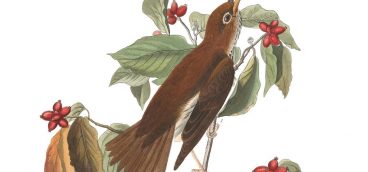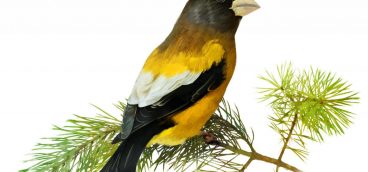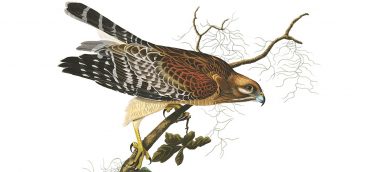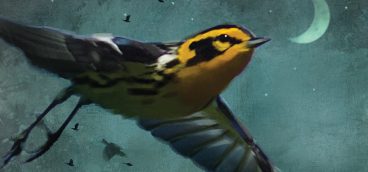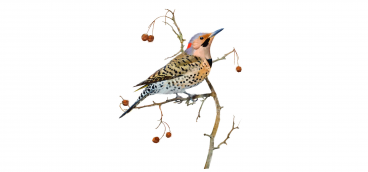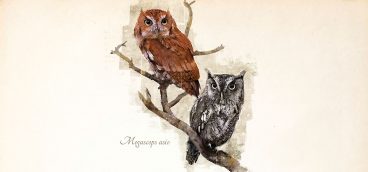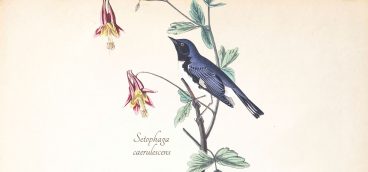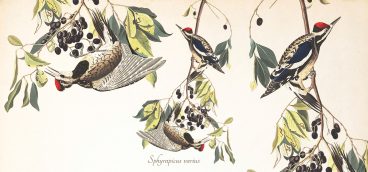
Illustration: James J. Audubon
September 20, 2023
I appreciate the wisdom of Ecclesiastes. There are seasons of want and seasons of plenty, seasons of abundance and seasons of scarcity.
That’s true for both people and birds. With all this year’s hatchlings taking to the wing, fall marks the annual peak for avian populations before the rigors of migration, predation, and the other vicissitudes of worldly existence take their toll. As fall arrives in the Northern Hemisphere, the sheer abundance of birds is staggering: about 7 billion birds flitter through our forests, grasslands, wetlands, shorelines, and yards.
And in our technology-saturated era, you can see them on a screen — in this case, Doppler radar, the same technology used to track rain. As feathered migrants ascend into the night sky, radar screens light up. Birds are bigger than raindrops, so it shouldn’t come as a surprise that clouds of migrating birds show up on weather monitors every fall and spring.
You can visit websites like the real-time weather data page of the National Center for Atmospheric Research and watch the screen erupt in color. These blooms are flights of migrants launching into the dark night. Playing a series of these images reveals the evening movements of birds heading south. Many bird species prefer evening flights to avoid predators and to take advantage of cooler temperatures, the better to keep muscles from overheating. After all, migratory birds are endurance athletes.
One of my favorite birds on the go is the yellow-rumped warbler, also known as the butterbutt. In summer, yellow rumps eat a wide variety of insects, including beetles, ants, spiders, and caterpillars. Yellow rumps switch from their wiggly summer fare to fruits come fall, resulting in their other nickname, myrtle warblers. Unlike most warblers, butterbutts can digest bayberry, or wax myrtle. Their tolerance for these fruits allows them to remain farther north than many similar species come autumn’s cooler weather, so unlike many of their warbler cousins, butterbutts don’t have to undertake the longest autumn trips. Still, their travels pop up on doppler, too.
In spring, yellow-rumped warblers sport feathers of black, white, and gray with buttery yellow pats on the flanks of their chests and smeared across their lower backs. Like many similar species, these warblers change plumage to blend into fall, molting feathers to more tans, browns, and grays. The contrast between their spring finery and their fall look is striking, fooling some to think they’re seeing entirely different birds.
Yellow rumps prefer forest habitats in summer, but in fall migration, they can pop up almost anywhere, even at feeders. I’ve seen them on Audubon’s Beechwood Farms property as well as Todd Sanctuary, their 334-acre parcel in Butler County, about 30 miles from Pittsburgh and an easy, worthwhile fall excursion. There, I found myself inside a tunnel of woodland brush where migratory birds flew back and forth at eye level, butterbutts among them.
Yellow-rumped warblers flock up, sometimes in large numbers. Look for the buttery yellow on the flanks and derriere as they forage. The bird’s plumage provides a feathery burst of color as leaves turn to reds, oranges, and yellows.
Watch the radar at https://birdcast.info. You can learn more about modern technology and bird migration at https://www.audubon.org/news/how-use-radar-track-birds. And send your avian encounters and questions to PQOnTheWing@gmail.com.


